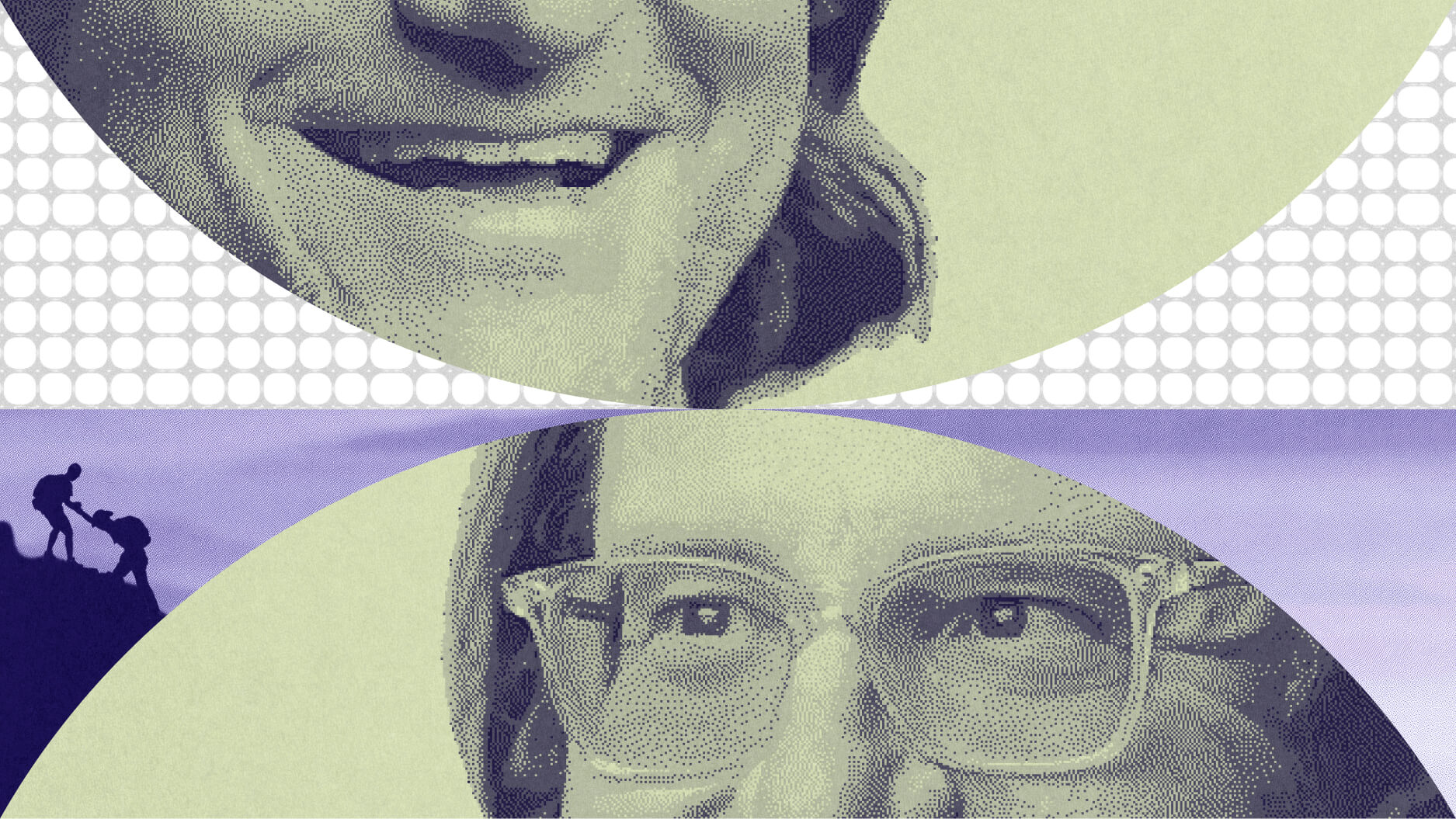Hotelier Chip Conley offers new insights into how to generate a cult following behind any brand.
Question: How do you cement customer bonds?
Chip Conley: But the difference between a successful company and a transformative company, in relationship with your customers whether your customers are loyal or your customers are an evangelist is moving to that top level, that transformation level of the pyramid. And if you think about companies out there that have evangelical customers, I’m not talking about religious, evangelical, I’m talking about customers who go out and tattoo the logo of the company on their body which is like Harley Davidson. There’s twenty thousand people across America that have a Harley Davidson tattoo on their body, it’s the logo of the company. That’s an evangelical customer. Apple customers, evangelical customers. Whole foods Market, to some degree, Southwest Airlines, Prius customers.
So, there’s a collection of things at that the top of that customer pyramid that would create a self actualized customer and that is part of the fun for me to imagine what, how do you do that. For our company, it’s that identity refreshment. It’s the idea that someone comes and stays in our hotel and feels like, wow, you’ve created the perfect habitat for me. It’s like you created this hotel for me. When I’m here, when I check out three days later, I feel like I’m a better version of my self, or the words that you just described the hotel have rubbed off on me.
So when you do that well, you’ve created this transformative customer experience and in so doing, you’ve created almost like your own marketing force out there. We’re almost a three hundred million dollar a year company and we spend less than fifty thousand dollars a year in traditional advertising. That’s because it’s very driven, by word of mouth.
Question: How do you cement investor loyalty?
Chip Conley: The investor pyramid was the hardest of the three because you can say, well, Maslow’s Hierarchy is about human motivation and potential. And so that makes Centrum ploys on customers but our investor’s human. And most investors are, and there are some qualities about whether the investors that are looking for the survival experience an investor is please give me return of investment give me a satisfactory return of investment and let’s make sure that our transactional needs are aligned. Meaning, if I’m going to buy hotel with a base of the pyramid investor, what I call a transactionally aligned investor, we better have the same idea of what the rate of returns going to be, how long are we going to own the hotel, how much money are we going to spend to renovate the hotel, etcetera.
But once we’ve actually done that and we sell the hotel six years from now, that’s the end of the relationship. We don’t go on and just do something else. That’s the baseline, that’s the traditional, transactional investor. Give me as much money quickly as possible. A step above that, what I call a successful investor is the Warren Buffet of the world, whose very relationship driven and more long term oriented. In that case, if Warren Buffet ever bought a hotel with me, his perspective would be, well, I’m buying the hotel with you and we may go sell it in six years.
But that’s the first chapter of the book, there will be a second, third, and fourth chapter. He has a long term perspective of the people he works with. And then finally, at the top of that pyramid is the idea of a legacy investor. And whereas a successful investor’s sort of creating a relationship that’s based upon a long term relationship, a legacy investor actually looks at the way they invest as having some kind of transform level effect on something beyond themselves. And so whether that’s a socio-responsible investor or investing in the community for some reason, or in a family member and that creates pride of ownership. So that’s how a transformative investor looks at almost putting their money where their heart is. So, that’s the progression of the transformation pyramid with the investor.
Recorded on: April 14, 2009






